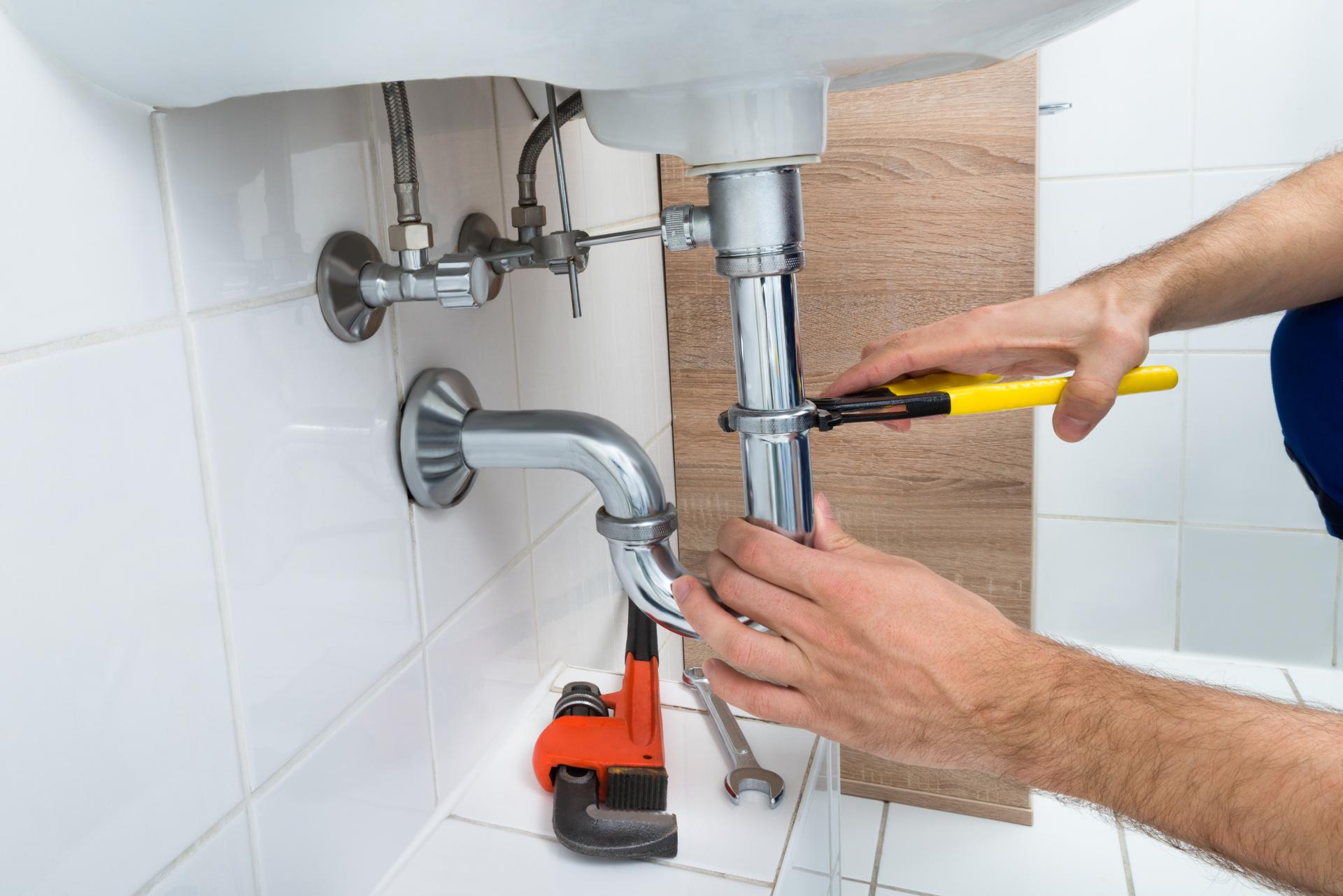Replacing Plumbing: A Comprehensive Guide to Knowing When and What to Expect

Plumbing is an essential part of any house that provides us with clean water to drink, cook and for cleaning, as well for the disposal of wastewater. Like any other home appliance plumbing is likely to wear out and require replacement.
Understanding when it’s time to replace your plumbing is essential to prevent costly repairs and prevent health hazards. This article will go over the indicators that show that your plumbing is in need of being replaced, the factors to take into consideration prior to replacing your plumbing the procedure for replacing your plumbing, the benefits in replacing the plumbing and a section on FAQs to address any concerns you might have.
Signs that it’s Time to Replace Your Plumbing
There are many indications that the plumbing in your home needs to be replaced, for example: Leaks If you see the presence of water stains or puddles on your home, it’s likely to be a indication of a leak in your plumbing. Leaks can cause severe structural damage to your home and may lead to mold growth which is why it’s crucial to take action immediately. Rusty pipes: Rusty pipes are an obvious sign that your plumbing needs to be repaired or replaced. Rust could contaminate the water supply in your home and make it unsafe for drinking or cooking. Low water pressure: If your showerheads and faucets are producing weak water flow It’s an indication of low water pressure and is caused by corrosion of pipes or blockages. Water discoloration: Discolored water like brown or yellow, is an indication of sediment or rust buildup in your pipes. This can affect the taste and the quality of your water. It may also indicate the need for plumbing repair.
Factors to Consider Before Replacing Plumbing
Before you replace your plumbing there are a variety of factors to consider, including: Age of the plumbing system: Plumbing systems can are designed to last about 50 years. So if your home is over that time, it’s likely time for a replacement. Cost of replacement replacing your plumbing could be costly, which is why it is important to plan for the cost. The severity of the plumbing issue: If your plumbing issues are serious and affect multiple areas of your house replacing it could be the best choice.
What to Expect During the Plumbing Replacement Process
The replacement of plumbing requires many steps, such as shutting off your water source: Your plumber will have to shut off the water supply to your residence to prevent any leaks or water damage. Remove old pipes The old pipes will have to be removed. This might require cutting into walls or floors. Installation of new pipes New pipes will be installed, which might require rerouting to ensure proper water flow. The time frame for the plumbing replacement process will depend on the size of your property and the difficulty of the task. The homeowners can anticipate some disruption during the project, which could include water shut-offs, and possibly damage to walls and floors.
Benefits of Replacing Plumbing
Replacing your plumbing can provide a variety of benefits, including increased water efficiency: New plumbing pipes and fixtures have higher efficiency, reducing your water usage and lowering the cost of your utilities. Improved water quality: Replacing the old pipes that are corroded with new ones can improve the quality of your water, making it safer to drink and cooking. A lower risk of future plumbing issues The new plumbing will be less likely to create leaks or clogs, reducing the requirement for costly repairs in the near future.
Conclusion
Removing your plumbing is an expensive purchase, but it’s vital to ensure the safety of your home and security. By understanding the signs that tell you your plumbing is in need replacing, taking into consideration the reasons for replacement, and knowing what you can expect from the replacement process, you will be able to make an informed decision regarding your home’s plumbing. Be aware that replacing your plumbing offers several advantages, including improved efficiency of water, better water quality and less risk of future plumbing problems.
FAQ Section
What is the cost to replace plumbing?
The cost of replacing your plumbing will depend on many factors, such as how big your house as well as the complexity of the project, and the type of materials employed. In the average, homeowners should expect to spend between $5,000 and $10,000 for a complete plumbing replacement.
How long does it take to replace plumbing?
The timeline for plumbing replacement will be contingent on the size of your house as well as the complexity of the job. In general, a complete plumbing replacement could take from two and four weeks.
Do I need to change my plumbing if there’s an issue with my plumbing?
If you only have one water leak within your pipes system, it may not need a full replacement. However, if you’re experiencing a lot of leaks or detect other indications of plumbing issues, a replacement could be the best choice.
Can I replace my plumbing on my own?
The replacement of your plumbing is a complex task that should be delegated to the expertise of a qualified plumber. If you attempt to replace your plumbing yourself can result in costly mistakes and potential safety hazards.
What type of pipes will I need for my plumbing replacement?
There are many types of pipes available for plumbing replacement, including copper, PVC, and PEX. Your plumber can suggest the most appropriate type of pipes for your needs and budget. The conclusion is that the replacement of your plumbing system is an important decision that should be made with careful consideration. When you know the signs that indicate your plumbing needs replacing, weighing the elements that influence replacement and knowing what to expect during the replacement process, you can make an informed choice about the plumbing of your home. A skilled plumber will to guide you throughout the entire process and guarantee an efficient and successful plumbing replacement.
